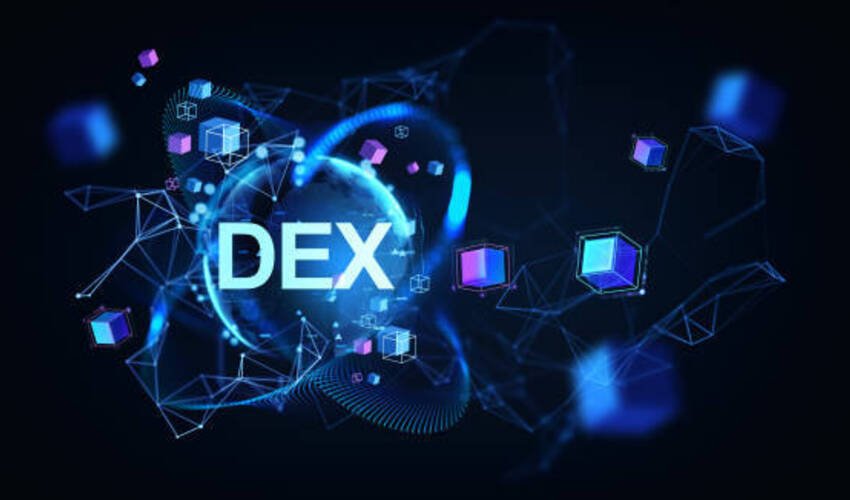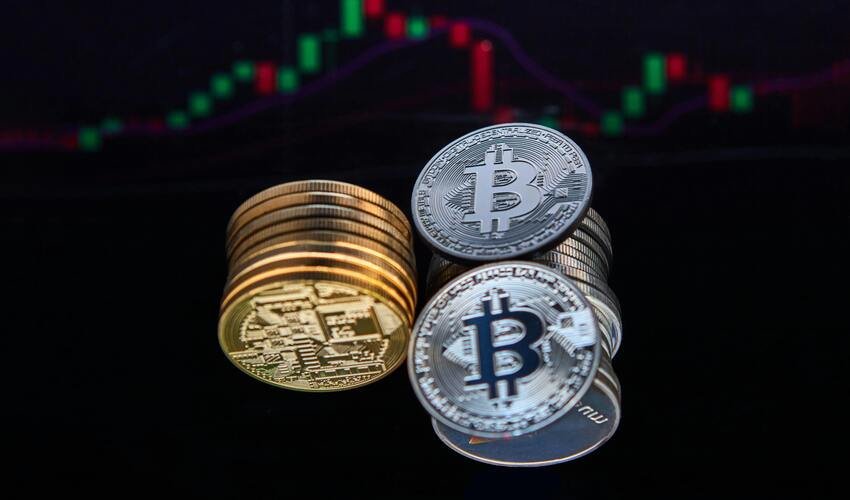The rise of decentralized exchanges (DEXs) has introduced a paradigm shift in the way digital assets are traded. Unlike traditional centralized platforms, which act as intermediaries managing funds and order books, DEXs enable peer-to-peer trading directly on blockchain networks. This shift is transforming the trading landscape by offering enhanced security, transparency, and user autonomy, reshaping how investors, developers, and institutions approach digital asset markets, as highlighted by thequantumai.app.
Understanding Decentralized Exchanges
Decentralized exchanges are platforms built on blockchain protocols that allow users to trade cryptocurrencies without a central authority. These platforms rely on smart contracts—self-executing agreements encoded on the blockchain—to facilitate transactions. Unlike centralized exchanges, where users deposit funds into the exchange’s wallets, DEXs allow traders to retain custody of their assets throughout the trading process. This decentralized approach removes intermediaries, reduces single points of failure, and mitigates risks associated with hacks or mismanagement of funds. Moreover, DEXs are often non-custodial, meaning users have full control over their private keys, which enhances security and aligns with the core principles of blockchain technology.
Key Advantages of DEXs
Security and Custodianship
One of the most significant advantages of decentralized exchanges is the security they provide. Centralized exchanges, despite having robust security protocols, remain attractive targets for hackers. When funds are stored on a centralized platform, a breach can lead to substantial losses. In contrast, DEXs allow users to trade directly from their wallets, reducing the likelihood of large-scale security breaches. Since users maintain control of their assets, even if the DEX itself is compromised, individual funds are not automatically at risk.
Transparency and Trustless Trading
Transparency is another core strength of DEXs. Every transaction is recorded on the blockchain, which can be audited in real-time. This ensures that trades are executed exactly as intended, without hidden fees, manipulation, or interference. Users can verify trading volume, liquidity, and smart contract operations independently. By eliminating the need for trust in a central operator, DEXs align with the trustless ethos of blockchain, fostering confidence among traders.
Global Accessibility and Financial Inclusion
Decentralized exchanges are accessible to anyone with an internet connection and a compatible wallet. This democratization of access has profound implications for financial inclusion, particularly in regions where banking infrastructure is limited or regulatory barriers prevent users from accessing centralized platforms. DEXs empower individuals to trade digital assets globally, bypassing restrictions that would otherwise limit participation in financial markets.
Innovations Driving DEX Adoption
Automated Market Makers (AMMs)
A major innovation powering modern DEXs is the automated market maker (AMM) model. AMMs replace traditional order books with liquidity pools funded by users. Traders can swap tokens directly against these pools, and liquidity providers earn fees in return for supplying assets. This model ensures continuous liquidity, reduces dependence on buyers and sellers to match orders, and allows smaller traders to participate without waiting for counterparties. Popular platforms like Uniswap and SushiSwap have demonstrated the effectiveness of AMMs, attracting billions in liquidity and facilitating millions of transactions. AMMs have fundamentally changed the economics of trading, enabling decentralized markets to function efficiently at scale.
Cross-Chain Trading and Interoperability
Interoperability is another critical trend reshaping decentralized trading. Initially, most DEXs were limited to a single blockchain, such as Ethereum. However, emerging solutions are enabling cross-chain swaps, allowing users to trade assets across multiple blockchains without relying on centralized bridges. Technologies like wrapped tokens, atomic swaps, and cross-chain liquidity protocols are expanding the scope of DEXs, making them more versatile and competitive with centralized exchanges.
Yield Farming and Incentives
Decentralized exchanges often offer additional incentives to attract users, such as yield farming, staking rewards, or governance tokens. Yield farming allows liquidity providers to earn additional tokens on top of trading fees, creating an ecosystem that incentivizes participation. Governance tokens give users voting rights on platform decisions, fostering a community-driven approach and increasing engagement. These incentives have accelerated DEX adoption by providing financial motivation alongside the functional advantages of decentralization.
Challenges Facing Decentralized Exchanges
While DEXs are reshaping trading, they are not without challenges.
Scalability and Transaction Costs
Many DEXs operate on networks like Ethereum, where transaction fees (gas fees) can become prohibitively expensive during periods of high activity. Scalability remains a technical challenge, as blockchain networks must process large volumes of transactions without compromising speed or cost efficiency. Layer-2 solutions and alternative blockchains are emerging to address these limitations, but widespread adoption requires continued innovation.
Regulatory Uncertainty
Decentralized exchanges operate in a gray area of financial regulation. Because they facilitate peer-to-peer trading without centralized intermediaries, it can be difficult for regulators to enforce existing laws on KYC, AML, and taxation. While some DEXs have begun implementing optional compliance features, regulatory uncertainty remains a potential barrier to mass adoption and institutional participation.
User Experience and Education
Trading on a DEX requires a basic understanding of wallets, private keys, and blockchain mechanics. For new users, the onboarding process can be intimidating, and errors such as sending funds to incorrect addresses are irreversible. Improving user experience, education, and wallet integration is critical for expanding adoption beyond experienced crypto enthusiasts.
The Future of Decentralized Trading
Despite challenges, the trajectory of decentralized exchanges suggests a growing role in the broader financial ecosystem. As technology matures, DEXs are likely to become more scalable, user-friendly, and integrated with traditional financial services. Cross-chain interoperability, lower fees, and enhanced security will make them attractive alternatives to centralized platforms, particularly for traders seeking autonomy and control. Institutional interest in DEXs is also rising. Hedge funds, asset managers, and other financial institutions are exploring ways to leverage decentralized liquidity pools for efficient trading and risk management. As regulatory clarity improves, the integration of DEXs into mainstream finance could accelerate, creating a hybrid ecosystem where centralized and decentralized solutions coexist.
Conclusion
Decentralized exchanges are redefining the landscape of digital asset trading by empowering users, enhancing security, and fostering transparency. Through innovations such as AMMs, cross-chain functionality, and incentive-driven ecosystems, DEXs are challenging traditional paradigms and providing new opportunities for traders globally. While scalability, regulatory compliance, and user experience remain hurdles, the momentum behind decentralized exchanges indicates a future where peer-to-peer trading is not only viable but increasingly preferred. By eliminating intermediaries and embracing blockchain’s trustless principles, DEXs are not just reshaping trading—they are laying the foundation for a more open and inclusive financial system.
Read Dive is a leading technology blog focusing on different domains like Blockchain, AI, Chatbot, Fintech, Health Tech, Software Development and Testing. For guest blogging, please feel free to contact at readdive@gmail.com.





